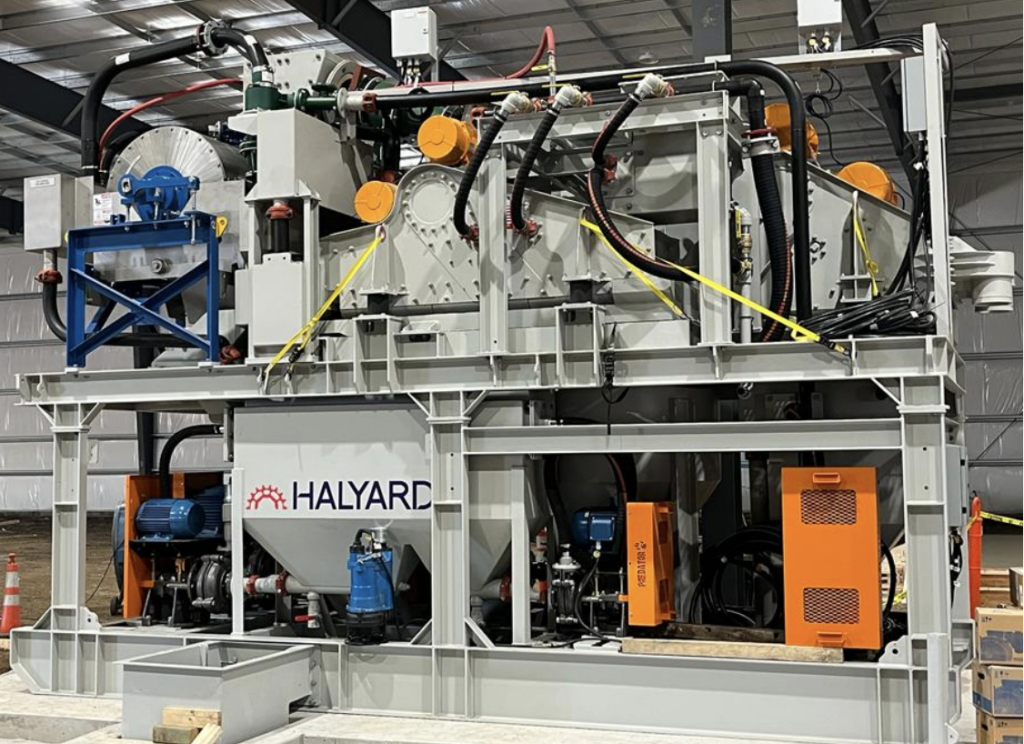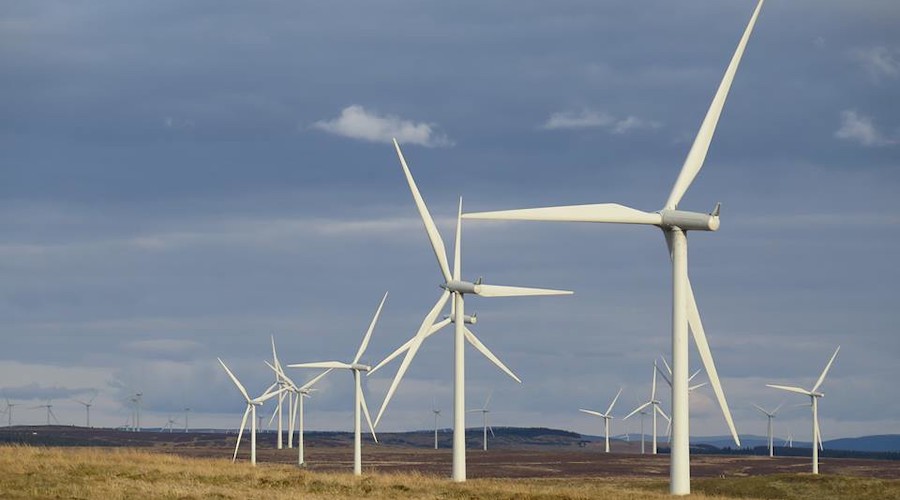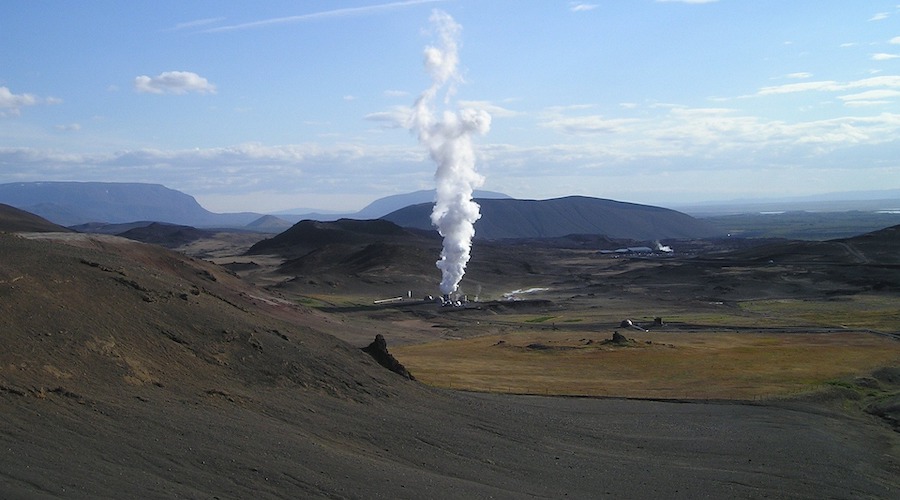Iraq Wants To Buy Exxon’s Stake In Key Oil Field
The Iraqi government is ready to buy Exxon's stake in the West Qurna-1 oil field, the country's oil minister said this weekend, after the supermajor earlier announced plans to exit the project.
Per news reports from Reuters and Bloomberg, the bulk of the 32.7-percent interest in one of Iraq's largest fields will go to Basra Oil Company.
Earlier this year, Exxon had agreed with two Chinese companies to transfer its West Qurna-1 stake to them, but the Iraqi government was not on board with that deal, and it was never finalized. Exxon's stake in West Qurna-1 was valued at up to $500 million in 2020 when the supermajor announced its plan to exit Iraq.
As for the reasons for the exit after a long involvement in Iraq's oil industry, at the time, Iraqi Prime Minister Mustafa al-Kadhimi said that "Exxon Mobil is considering exiting Iraq for reasons that are to do with its internal management practices, decisions, and not because of the particular situation in Iraq."
At the time, Al-Kadhimi said that Iraq would only accept another American company as a replacement for Exxon at West Qurna-1.
Media, however, suggested that the decision might have something to do with worsened relations between the supermajor and the Iraqi government after Exxon got involved in oil production in the Kurdistan autonomous region, whose leadership is at odds with Baghdad.
Iraq is the second-largest producer of oil in OPEC, but it has been struggling to produce as much oil as it had been assigned under the OPEC+ agreement reached last year.
Despite the problems plaguing its oil industry, however, Iraq has ambitions of higher production still, eyeing an average daily of 4.51 million barrels for this month and 4.58 million barrels for July, per a Bloomberg report. In May, Iraq produced 4.4 million barrels of oil daily, a decline of 21,000 bpd from April.
By Irina Slav for Oilprice.com





